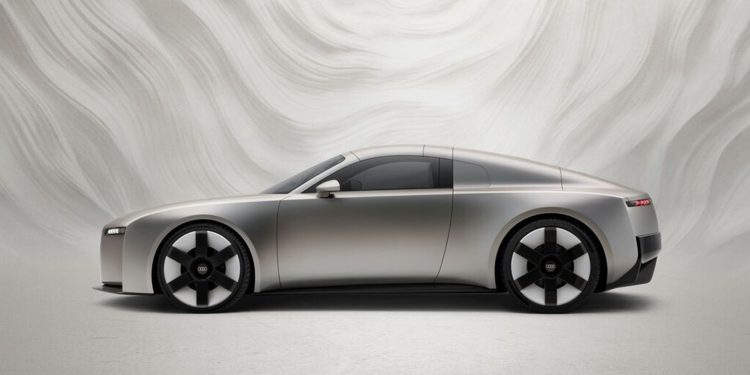Future TT marks a design reinvention for Audi
Words NZ Autocar | Images Audi
The Audi TT is making a comeback, based on the Concept C vehicle unveiled at the Munich Motor Show.
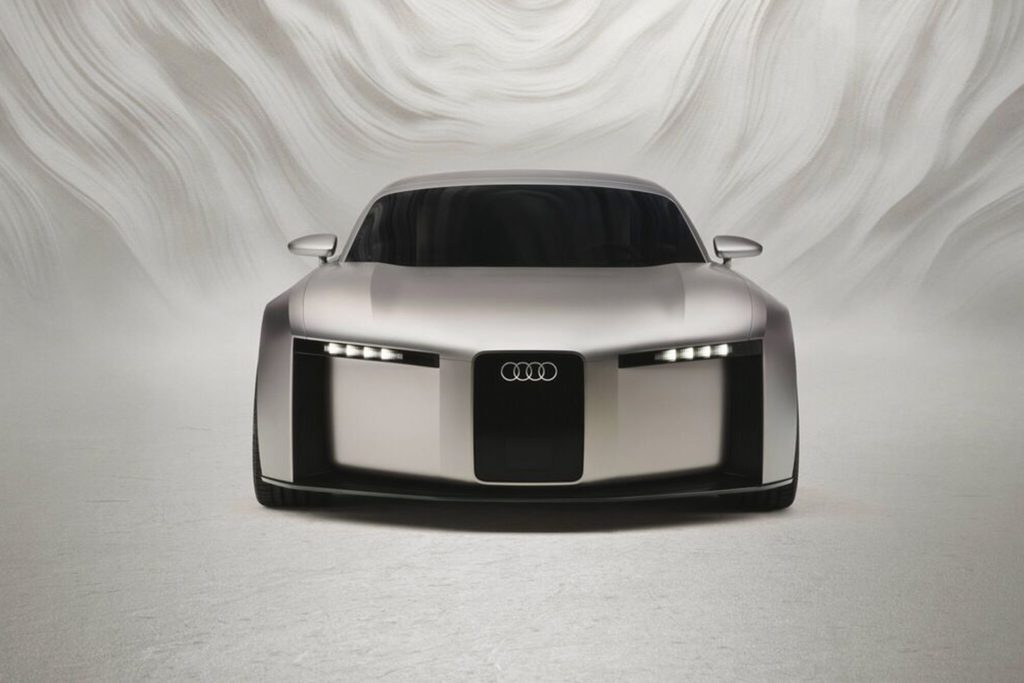
The model introduces a new design language penned by styling chief Massimo Frascella. It moves away from Audi’s previously complex styling to a cleaner aesthetic. This shift signals a broader transformation in Audi’s design direction.
Exterior Design
The Concept C draws inspiration from the 1930s Auto Union Type C racer and also the original TT. Its front end is defined by a narrow upright grille and simplified lighting, with a four-line graphic referencing Audi’s rings.
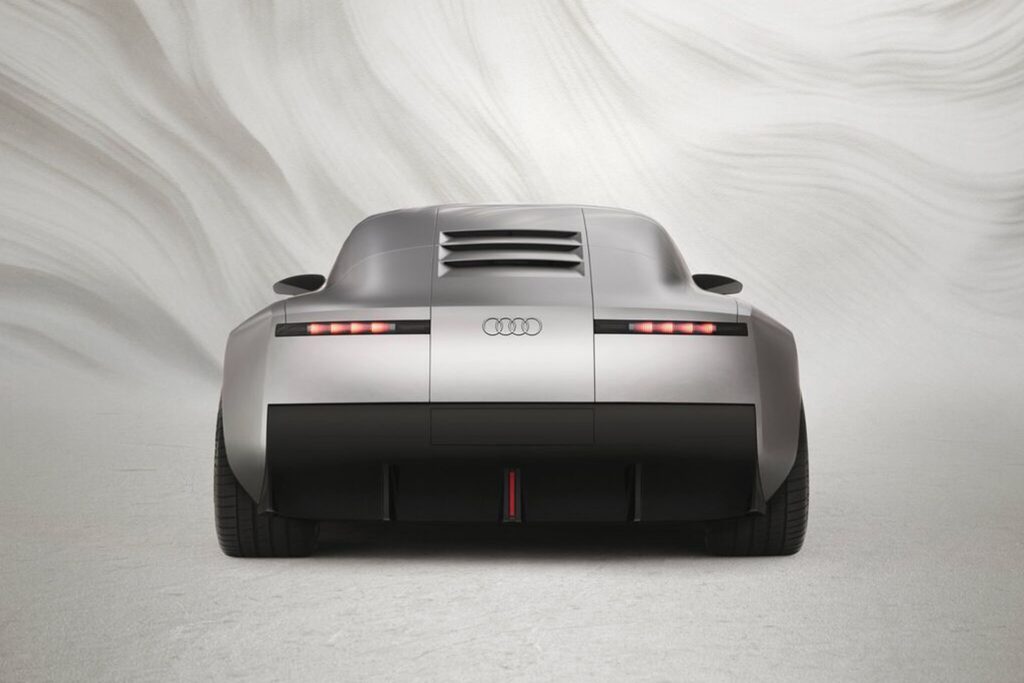
The windscreen, reminiscent of the TT, starts beneath the bonnet and behind is a folding hard-top. Its silhouette resembles an R8, though is shorter in the wheelbase and longer in overhangs. That makes it look more like a compact mid-engined sports cars.
Subtle nods to the R8 appear in the rear’s outlined ‘window’ and minimalistic deck slats. Six-spoke wheels and warm silver paint pay tribute to the first TT. Around 90 per cent of these design features will make it to production.
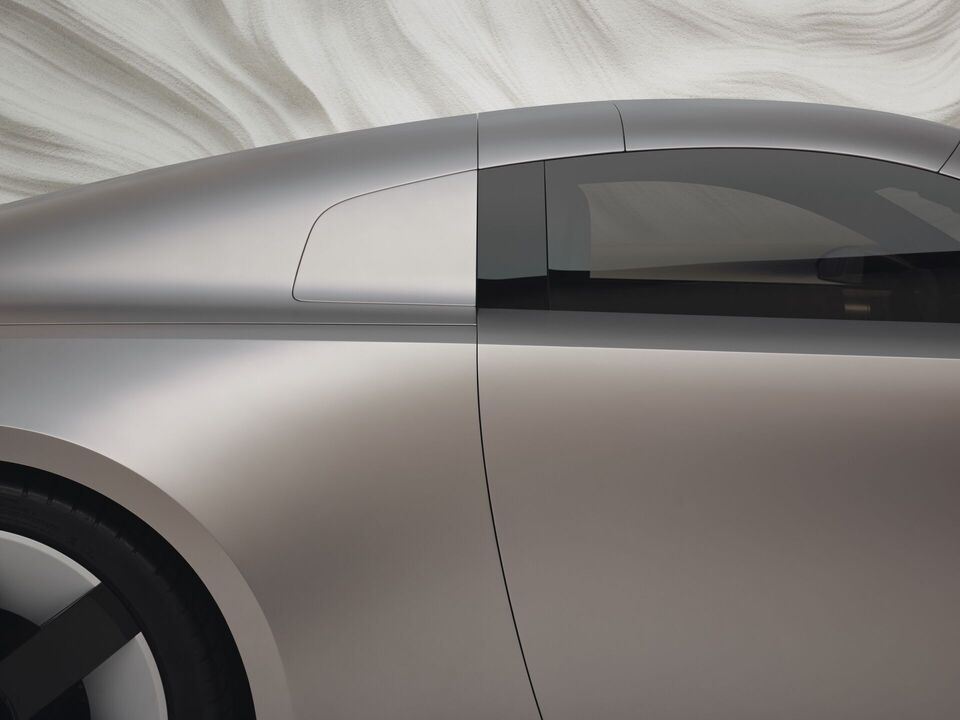
The concept also reintroduces a brushed metal finish to the Audi badge, retaining the modern flat look but restoring a sense of 3D.
Interior Design
Inside, this is almost spartan. Materials include warm grey fabric, leather, and aluminium, arranged with minimal creases or ornamentation. The main infotainment screen folds under the dash when not in use. This creates a simple look with only a driver-focused display remaining.
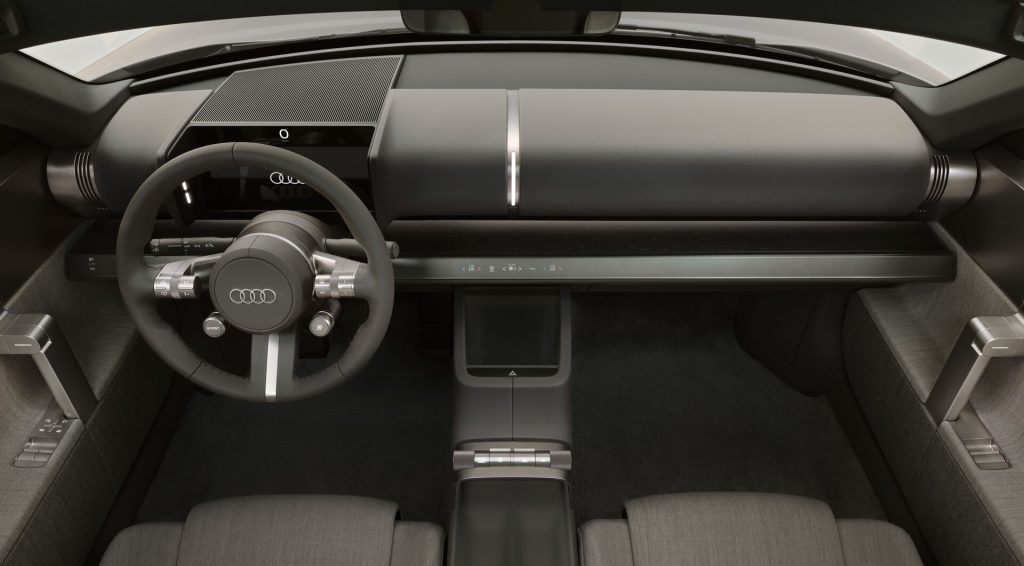
Above this sits a small screen dedicated to speed, allowing for a near screen-free driving experience. Aluminium highlights add industrial touches, including grab handles styled like hinges. A circular steering wheel emphasises restrained design.
Production Plans
Audi has confirmed that this is more than merely a design study; production is set for 2027. CEO Gernot Döllner emphasised that future concepts will represent genuine product intentions.
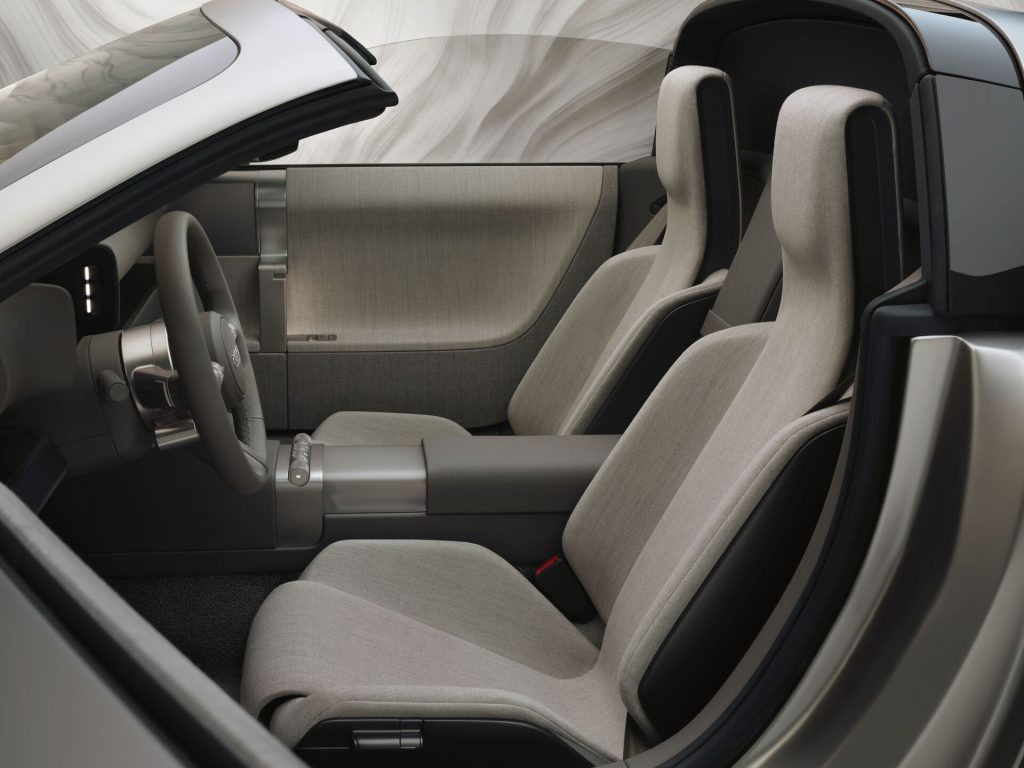
The TT successor is expected to share Porsche’s developing electric 718 platform, which uses stacked batteries behind the driver to help deliver mid-engine dynamics. The layout lowers the driving position and enhances weight distribution, aiming for a distinct mid-engined sports car feel.
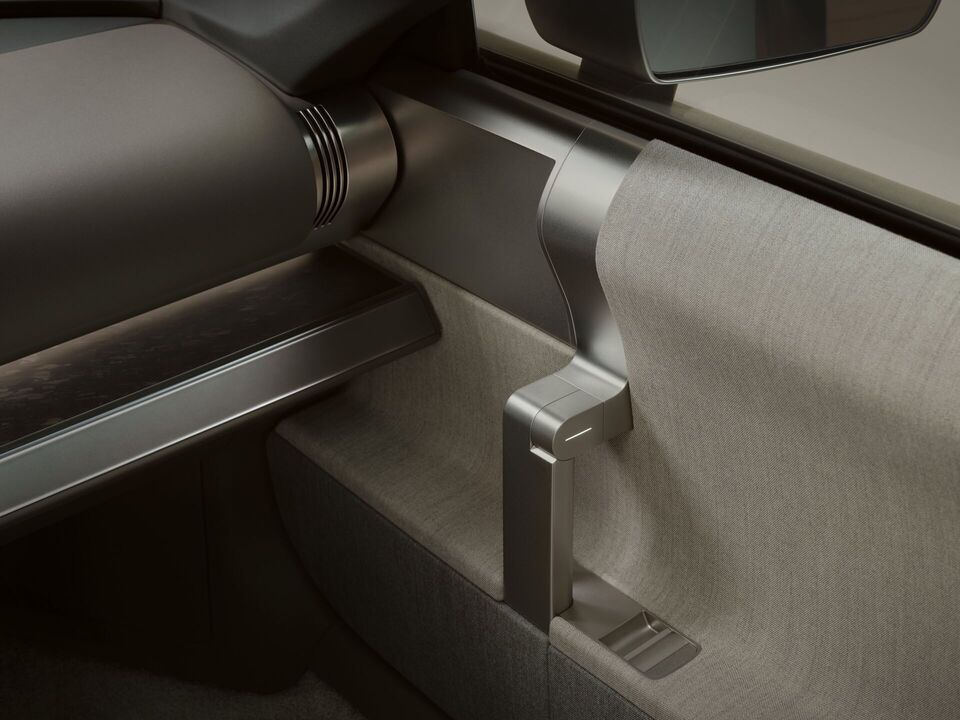
Though the market for electric sports cars remains uncertain, sharing the platform with Porsche strengthens the business case for both brands.
Strategic Direction
The Concept C reflects Frascella’s design philosophy, a departure from the conservative aesthetic championed by predecessor Marc Lichte. Previously responsible for the modern Range Rover’s design, Frascella’s approach seeks sophistication and heritage-inspired restraint.
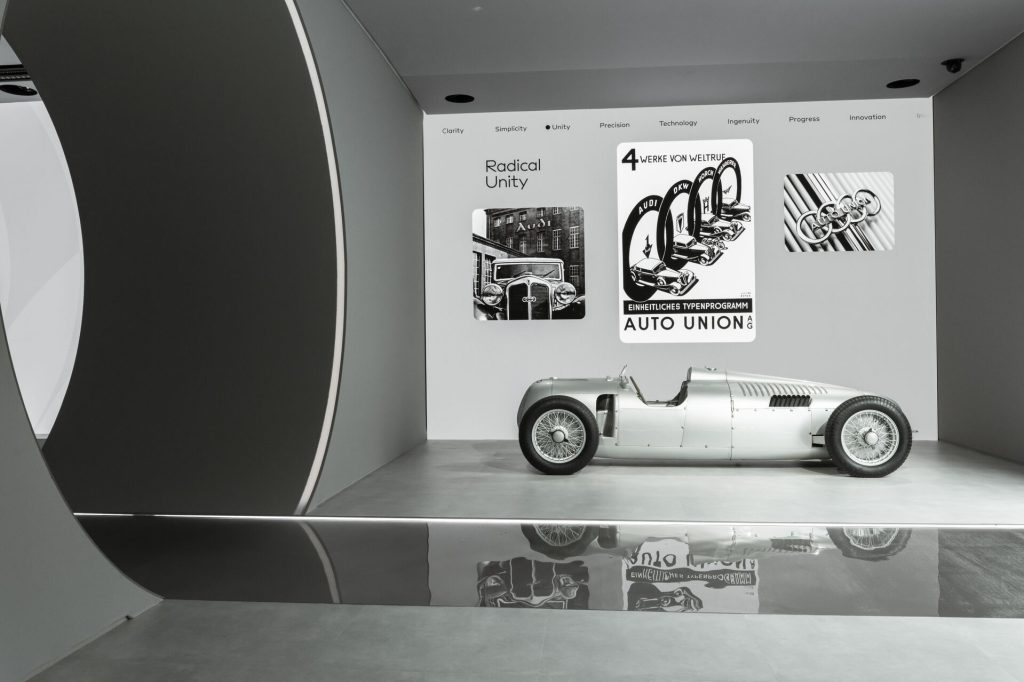
By incorporating cues from historic models like the Type C racer and original TT, Audi is using design to forge distinctiveness in a market where electrification is increasingly leading to bland designs.
Broader Significance
Audi faces challenges with shrinking market share in Europe and abroad, intensifying the need for a strong identity. The Concept C attempts to set a new styling course for future models and to reconnect with the brand’s history. This strategy places design at the heart of Audi’s appeal, akin to BMW’s engines or Volvo’s safety reputation.
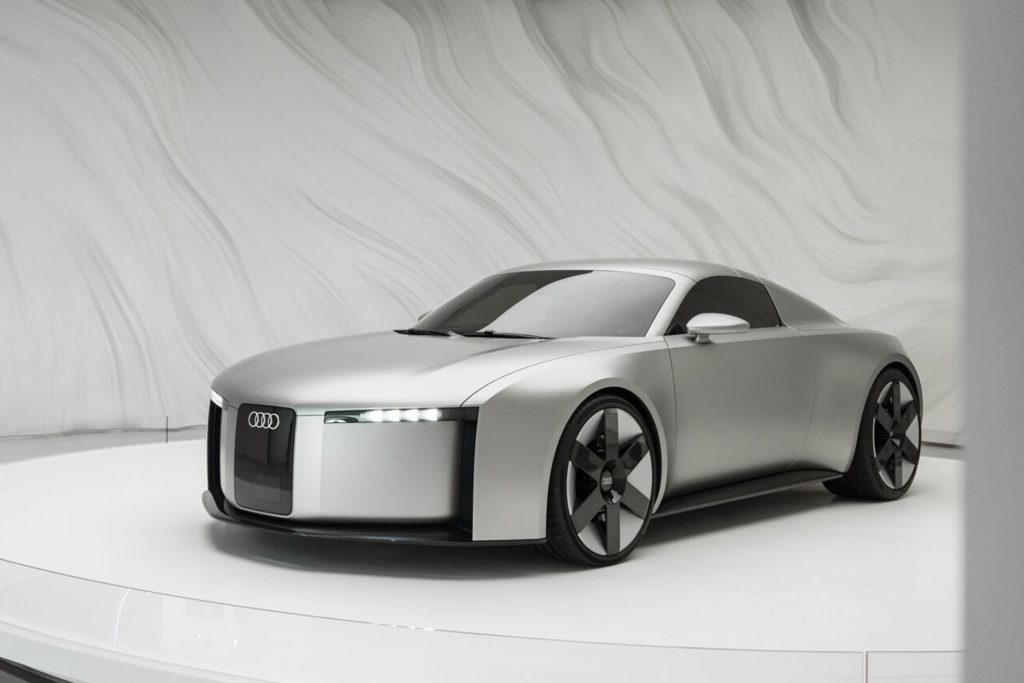
The first production model to embody this philosophy will be the new electric TT arriving in 2027. From that point, Audi aims to present a significantly different image, prioritising elegance and heritage-informed design as central to its future identity.


